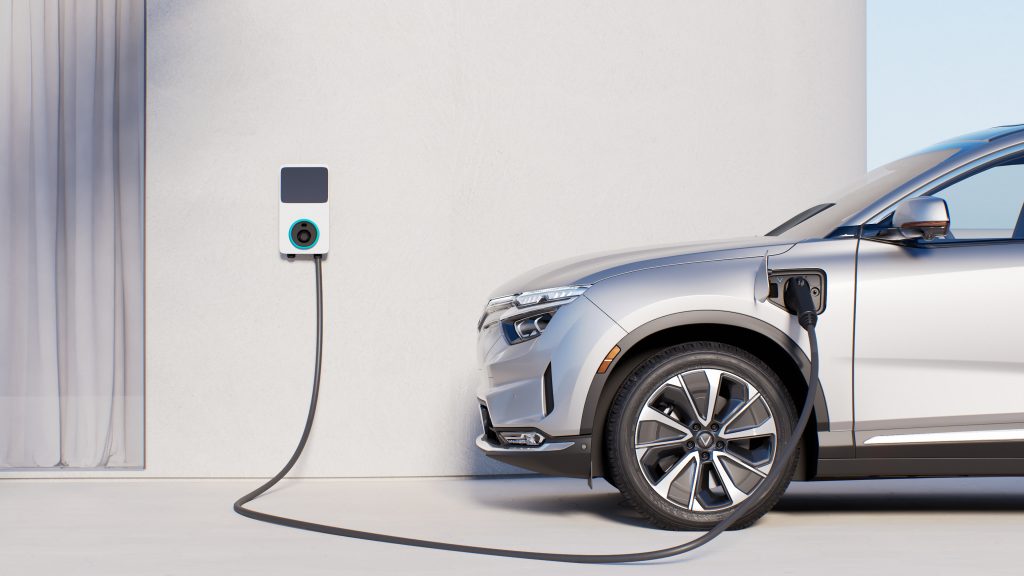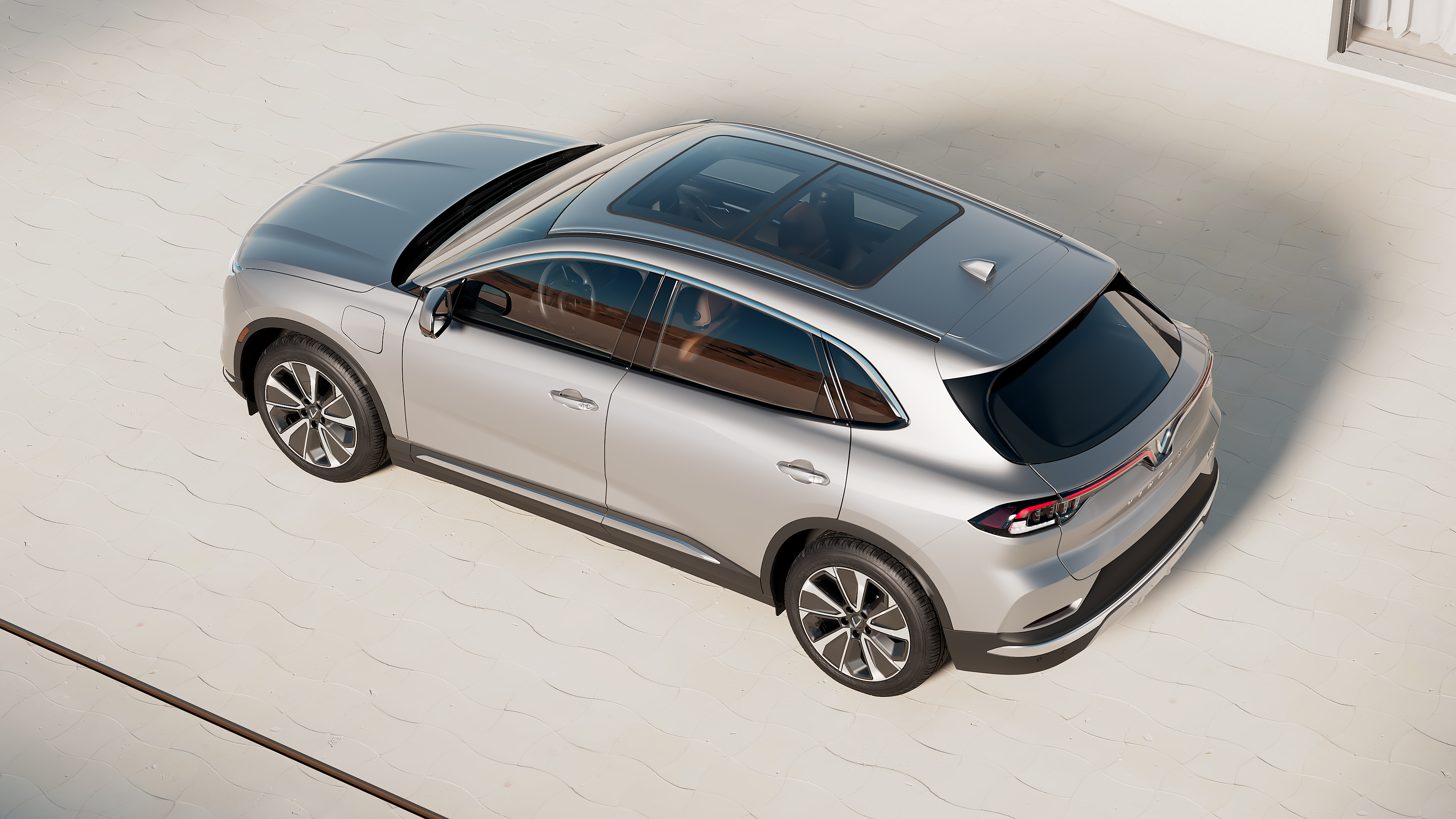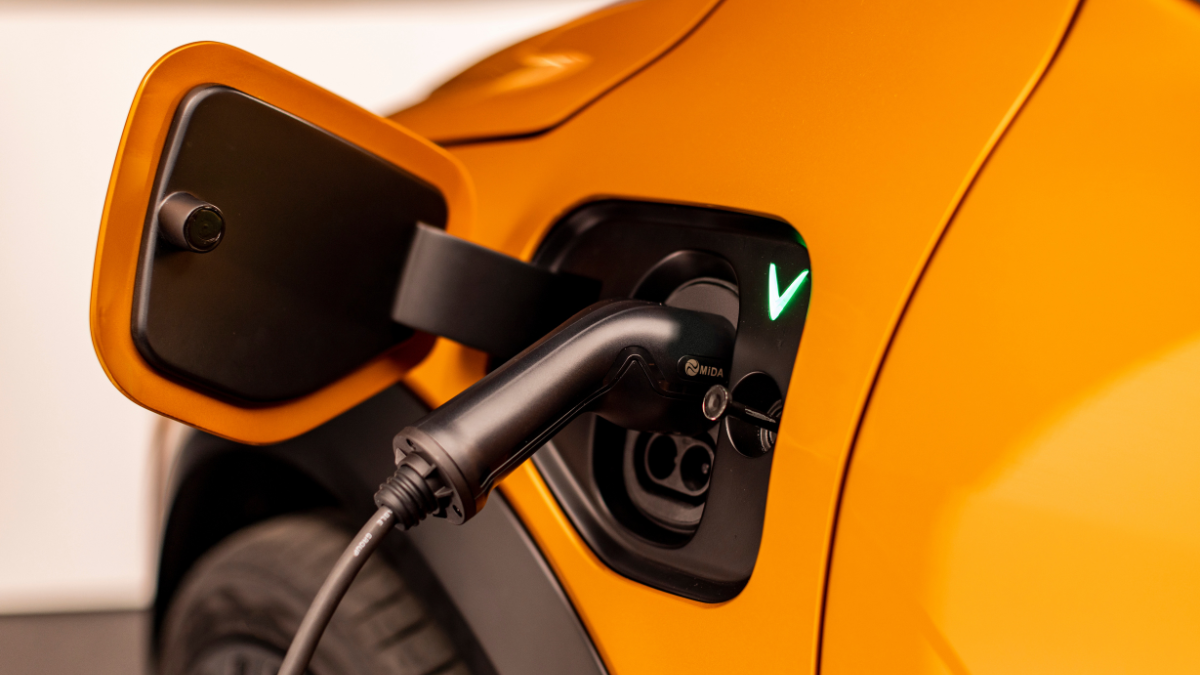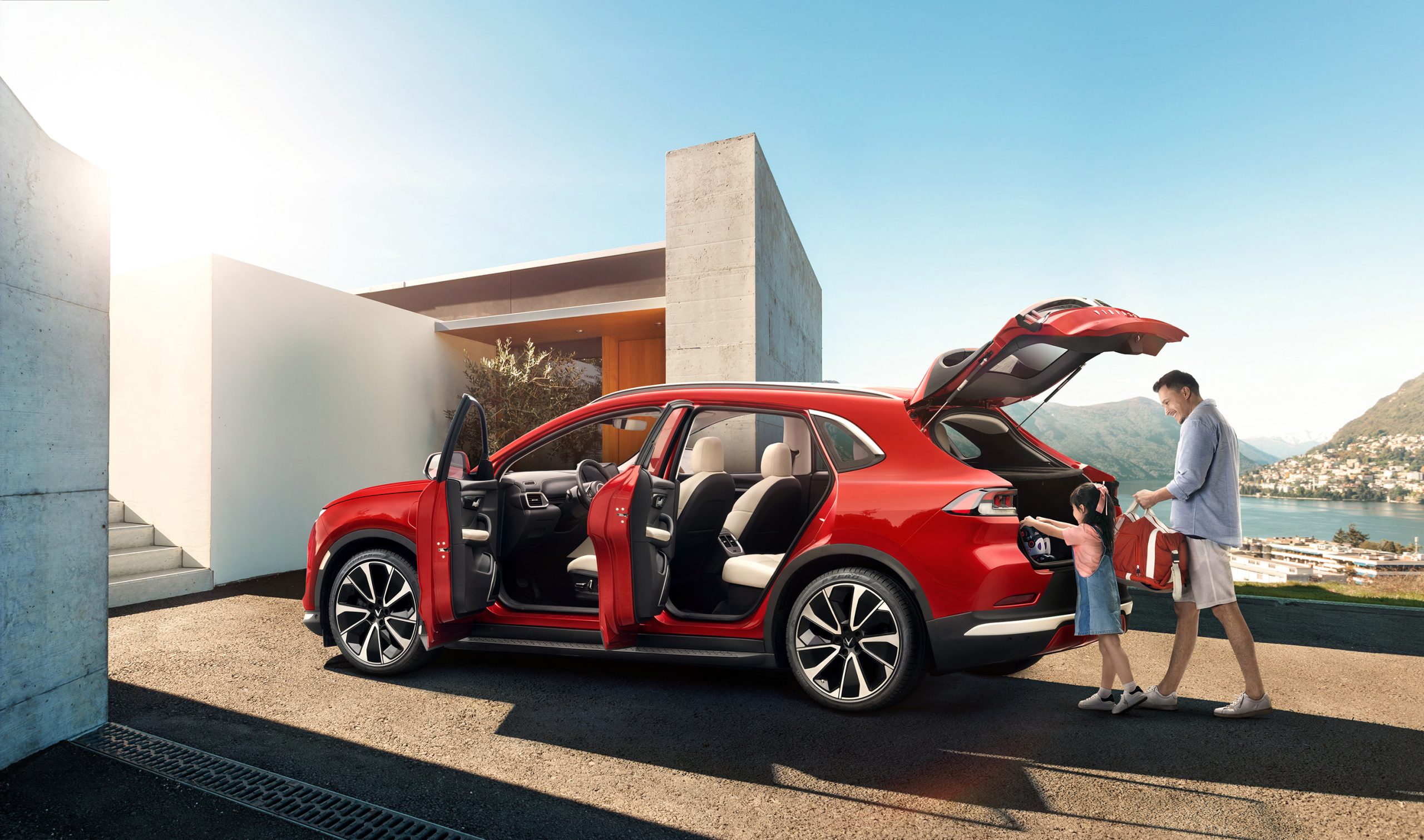What Is EV Range Anxiety?

Range anxiety is a term commonly used by electric vehicle (EV) drivers to describe their fear of running out of power before reaching their destination or the next charging station.
This fear can be particularly acute in areas where charging infrastructure is not well-developed, or in situations where the driver does not have prior experience with driving an EV. The World Economic Forum (WEF) has identified range anxiety as one of three factors limiting the wider acceptance of EVs.
But is range anxiety a genuine concern or an exaggeration? As battery technology and charging infrastructure continue to improve, range anxiety is becoming less of a concern for many EV drivers. Today, 4 out of 10 EV drivers say they have no problems charging their vehicle, and nearly 80% of EV drivers say they’ll purchase another EV in the future, then things may not be as bad as range anxiety proponents suggest.
What Is The Average Range For An EV?
In the US, the average range for an EV was said to be approaching ~300 miles. The average range for 2022 was 291 miles, which was enough to rank the US average top in the world and one-third higher than the global average.
With competitive range, fast charging speeds, and access to more than 90% coverage of public chargers throughout North America, VinFast EVs are ready for the journey. VinFast’s VF 8, for example, comes with a predicted range estimate of 293 miles. The larger VF 9 yields even more range, thanks to its larger battery pack, and should be good for up to 369 miles per full charge according to estimates.
What Different Factors Can Impact An EV’s Range?
The range of an EV depends on several factors. Note that energy consumption and range are inversely related. That is, the more energy consumed, the lesser the range. This means that anything in the vehicle (ie climate control, lighting, AV, etc) that requires electrical power will impact the range of the vehicle.
Weight
Studies indicate that when an EV without additional load accelerates to 100 km/h over a distance of 5km, its average range is ~97 km. However, when an additional load of 270 kg was introduced, the vehicle’s range declined by ~8.2%.
Another study estimates that the actual energy consumed by EVs increased by 40% and 60% respectively with each doubling of weight. But doubling the power rating of their electric motor yielded just a 5% increase in energy consumption.
Route
The energy required to navigate a route can be significantly affected by its characteristics, such as infrastructure, length, topography, and speed limits. For instance, driving on a route with varying grades can have a significant effect on a vehicle’s power and range. In urban areas, the time of day is also crucial due to varying traffic volumes and congestion patterns. Driving in such locations often involves frequent acceleration and braking maneuvers.
Acceleration and braking are both major factors that can lead to increased energy consumption in EVs, although braking can also provide an opportunity for energy recuperation. When an electric vehicle brakes, its braking system converts the kinetic energy into electrical energy that can be used to power the vehicle. It’s important to note that driving at higher speeds, such as on highways, can result in greater energy consumption and reduced range for the EV.
Weather Conditions
When it’s really cold out, electric cars use a lot more energy than usual—up to 24% more energy when it’s below freezing compared to a balmy 70°F. And wind can also make a big difference in how much energy an EV uses—if there’s a strong headwind of 100 km/h, it can increase energy consumption by almost three times! And to top it off, electric cars also use more electricity in the winter than they do in the summer—about 34% more, which means you won’t be able to go as far on a single charge when it’s cold outside.
Driving Style
A car driver’s way of driving can considerably affect energy consumption in both EVs and internal combustion engine (ICE) vehicles. Several studies have found that aggressive driving styles bring about more energy consumption than calm driving.
Aggressive driving includes rapid acceleration, hard braking, and other abrupt maneuvers. Simply put, aggressive acceleration negatively impacts energy consumption in EVs. The greater the acceleration—the higher the energy consumption.
Tips For Maximizing EV Range And Reducing Range Anxiety
Interested in improving the range of your electric car? Whether you are driving in the dead of winter or the summer, here are some tips to reduce range anxiety,
Install A Home Charging Station
Though longer road trips can be a bit more challenging with respect to range anxiety, shorter-distance commuting can easily be dealt with by installing a home charging station.mBut with the large battery packs that EVs usually come with, Level 1 charging can be very time-consuming. A 240V charging station will significantly quicken the charging process.
The VinFast Home charger will soon be available for purchase and offers the fastest charging speeds for your VinFast vehicle (up to 48A), as well as dynamic smart features that can be controlled right from your smartphone—remote starting and stopping, schedule charging and track electricity consumption with the VinFast smartphone app.
Plan Your Route
If you will frequently ply urban routes characterized by curved sections, speed limits, traffic-calming measures, and intersections with traffic lights, be sure not to drive aggressively since speed is associated with more energy consumption. The focus should be on lower speed, less aggression, and more efficient driving.
It’s a good idea to plan out how you’re going to recharge your electric car along the routes you’ll be driving. This means figuring out where charging stations are located so you can stop and recharge your car’s battery when it’s running low. And don’t forget to check the weather conditions along the way, too!
Conclusion
Even with increasing sales of both Battery and hybrid EVs, range anxiety continues to be a significant obstacle to their widespread adoption.However, as battery technology and charging infrastructure continue to improve, range anxiety is becoming less of a concern for many EV drivers.
Bạn cần đăng nhập để tương tác với nội dung này: Đăng nhập.






